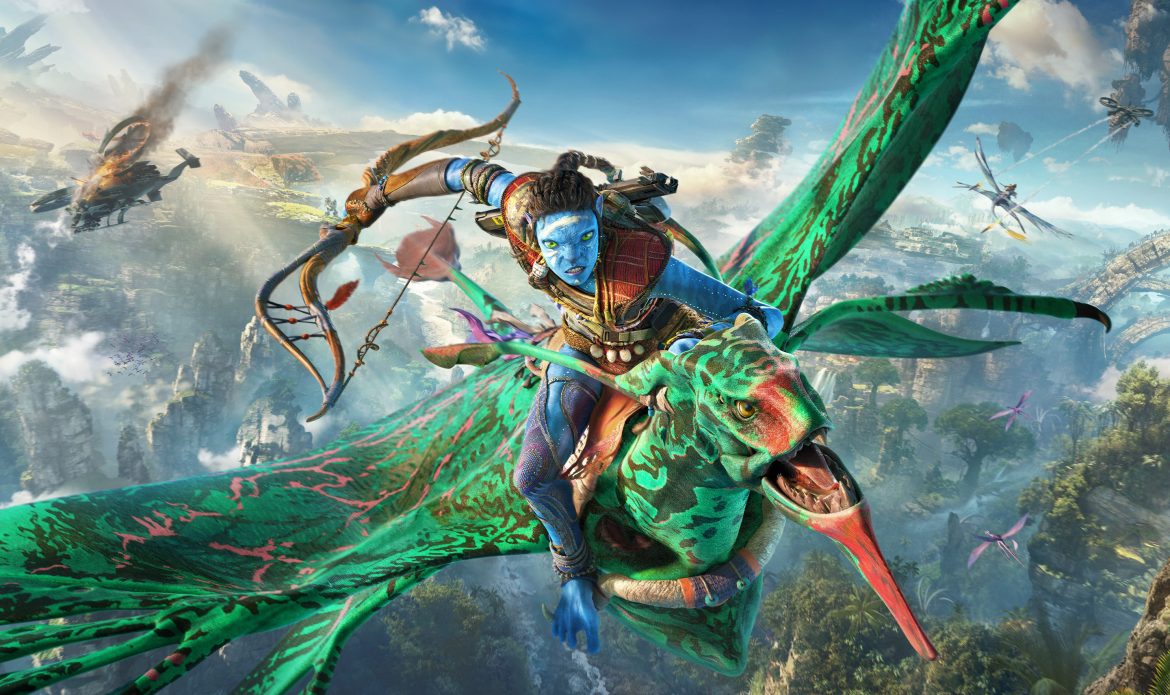TL;DR
Dive into Avatar: Frontiers of Pandora, a game that plunges you into a unique Na'vi story, eight years before Jake Sully's arrival. You play as one of five Na'vi raised by humans, now returning to a Pandora you’ve never known. Explore a stunningly recreated world with impressive visuals and sound, truly capturing the magic of the films. While the narrative offers a fresh perspective and freedom, the game stumbles with clunky first-person climbing, an overly demanding food mechanic, and familiar Ubisoft open-world tropes. The combat is engaging, but enemy scaling can be inconsistent. Is this Pandora worth your time? Read on for the full breakdown!
Avatar: Frontiers of Pandora begins in 2146, eight years prior to Jake Sully’s arrival on Pandora. The RDA initiates The Ambassador Program (TAP), led by Dr. Alma Cortez and John Mercer, with the goal of training five young Na’vi children to serve as Na’vi-human ambassadors. However, the Na’vi children, having been forcibly removed from their clans, find themselves deeply unhappy under Mercer’s strict tutelage. A failed escape attempt underscores their captivity under the RDA. Eight years later, following the RDA’s defeat against Jake’s forces, an evacuation of Pandora is ordered. Mercer commands the termination of the Na’vi students, but Alma intervenes, placing them into cryogenic sleep in a bid to safeguard them. Sixteen years pass before they awaken and narrowly evade Mercer and his forces. Now, they experience Pandora for the first time – a planet that is their ancestral home, yet one they have never truly known, having lived their lives in confinement. This marks the start of our adventure, as we explore the world, uncover its mysteries, and strive to protect it from the RDA’s aggression.
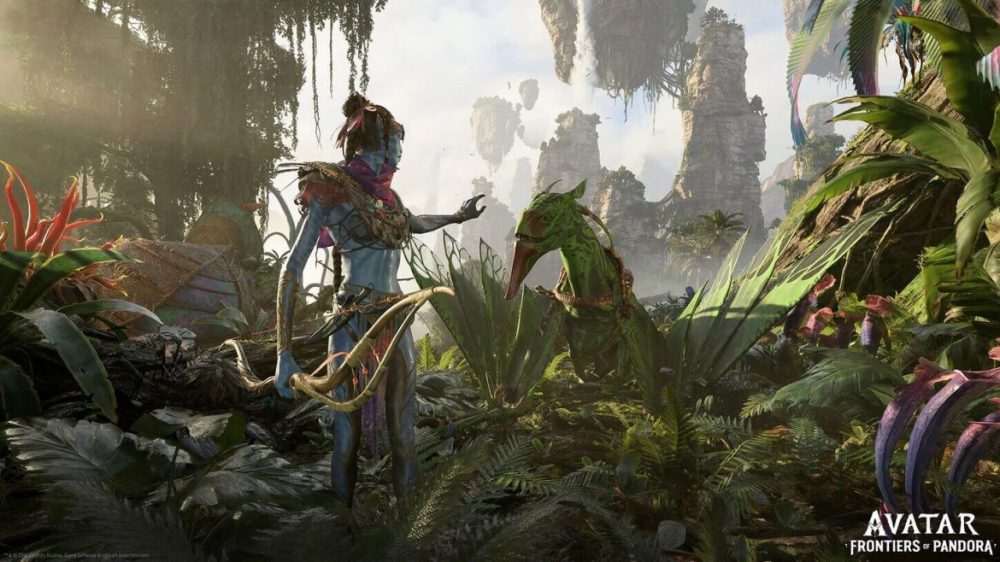
In June 2021, we previewed the trailer for Avatar: Frontiers of Pandora, anticipating a Christmas 2022 release. Now, after a year’s delay, the game is finally available. The question is: was it worth the wait?
Personally, I would not consider myself a dedicated Avatar enthusiast. I enjoyed the original film, and the sequel, Avatar: The Way of Water, earned a favorable rating, largely attributable to the exceptional UHD presentation.
At its core, Avatar: Frontiers of Pandora delivers a compelling experience. The narrative is distinct and, while acknowledging the events of the films, refrains from directly involving the player. The decision to cast the player as a Na’vi native, raised among humans and thus unfamiliar with the world beyond the RDA’s facilities, is an intriguing design choice. Initially, I anticipated playing a human character gaining access to an Avatar Na’vi, but that approach would have mirrored the films too closely. Therefore, this unique setup proves to be a wise narrative decision.
Avatar: Frontiers of Pandora provides significant freedom to explore Pandora. At the game’s outset, players can choose to receive navigational assistance or to rely on their own map-reading skills to reach objectives. Selecting the latter necessitates careful study of the map to determine your route, navigating without the assistance of a waypoint marker.
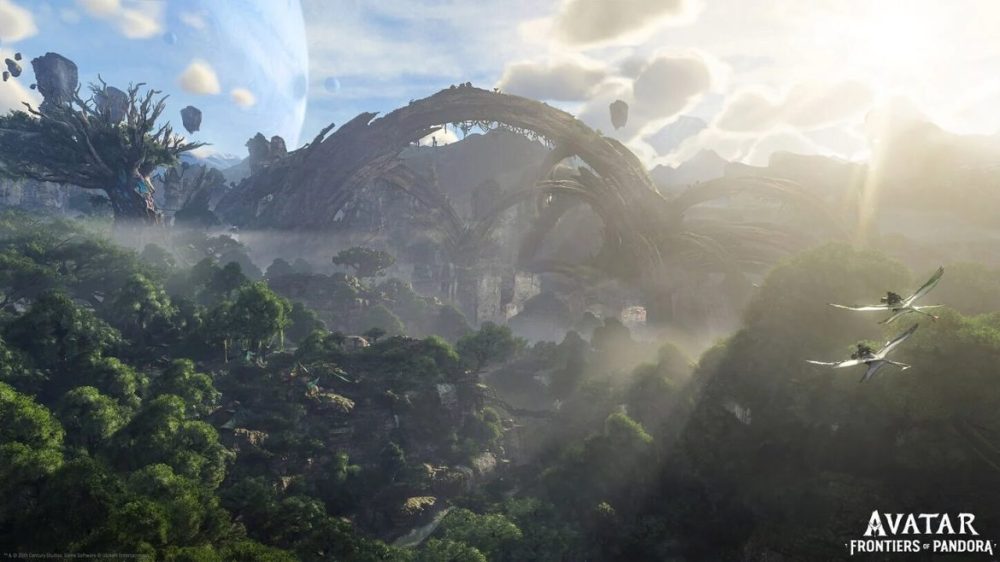
The meticulously crafted jungle environment closely mirrors the visual landscape established in the films, from the reactive flora to the bioluminescent vegetation at night. The wildlife is rendered with remarkable detail. The game’s sound design is exceptionally well executed, dynamically adapting to the player’s surroundings within the jungle. The immersion is palpable, creating a convincing sense of presence. Dedicated Avatar fans will appreciate the experience of stalking through the jungle with a bow and arrow, hunting Sturmbeest, and offering a brief prayer before harvesting resources from the fallen creature, staying true to the customs depicted in the films.
However, Avatar: Frontiers of Pandora extends beyond jungle exploration and wildlife observation. Now, let’s consider some of its shortcomings.
One perplexing omission is the absence of a third-person perspective during jumping and climbing sequences. Navigating mountainous terrain and trees proves exceedingly difficult and frustrating in first-person. While certain plants offer a means of vertical traversal, these are sparsely distributed. Considering the Na’vi’s renowned agility and arboreal proficiency, it is surprising that this facet of the game is underdeveloped. Furthermore, there is a lack of clear visual cues indicating climbable surfaces. Countless times, I found myself fruitlessly attempting to scale a rock face, only to plummet back to the ground.
Another noteworthy aspect is the game’s reliance on familiar mechanics. The presence of safe houses for fast travel, the encounters with individuals requiring assistance, the scattered workbenches, and the random enemy encounters, which offer the choice of engagement or evasion, collectively mirror the structure of games such as Tom Clancys Division 2, albeit with Pandora’s jungles replacing Washington D.C. This similarity is perhaps unsurprising, given that Massive Entertainment, the Malmö-based studio, developed both titles. Even with waypoints, the map is often confusing and lacks clarity.
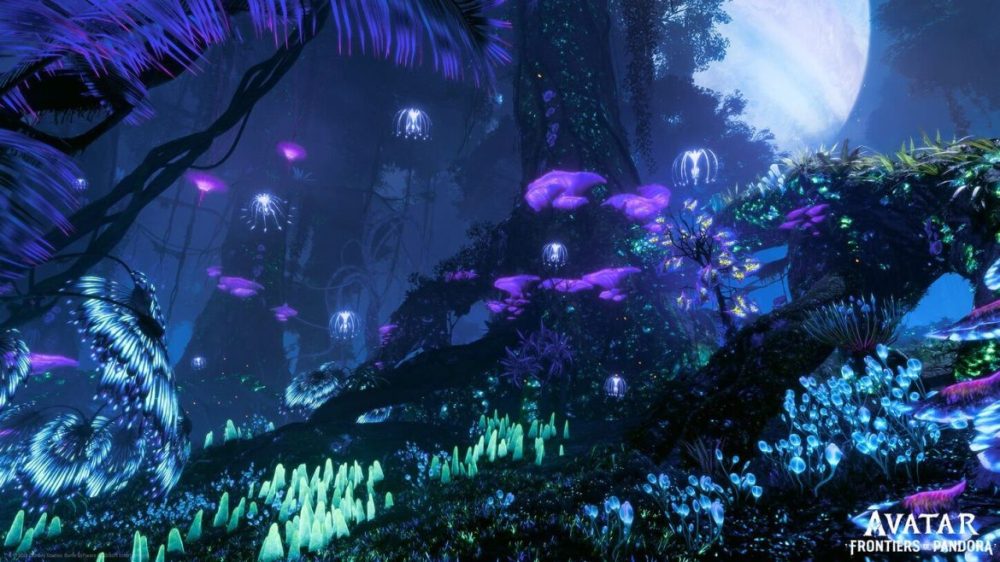
A significant point of contention within Avatar: Frontiers of Pandora is the constant need to consume food to maintain energy levels. While consuming food for health regeneration is understandable, the frequency with which the Na’vi character requires sustenance becomes tiresome. It begs the question: why is there no sleep mechanic? Unlike titles such as Red Dead Redemption II, where the player can engage in activities such as sleeping, sitting, resting, or playing games, Avatar: Frontiers of Pandora offers none of these options. This absence amplifies the tedium associated with the constant need to eat.
Combat encounters are generally engaging, although the difficulty can fluctuate dramatically. Enemies can range from trivially easy to exceptionally challenging, suggesting a lack of refinement in the scaling of enemy strength relative to the player’s weaponry.
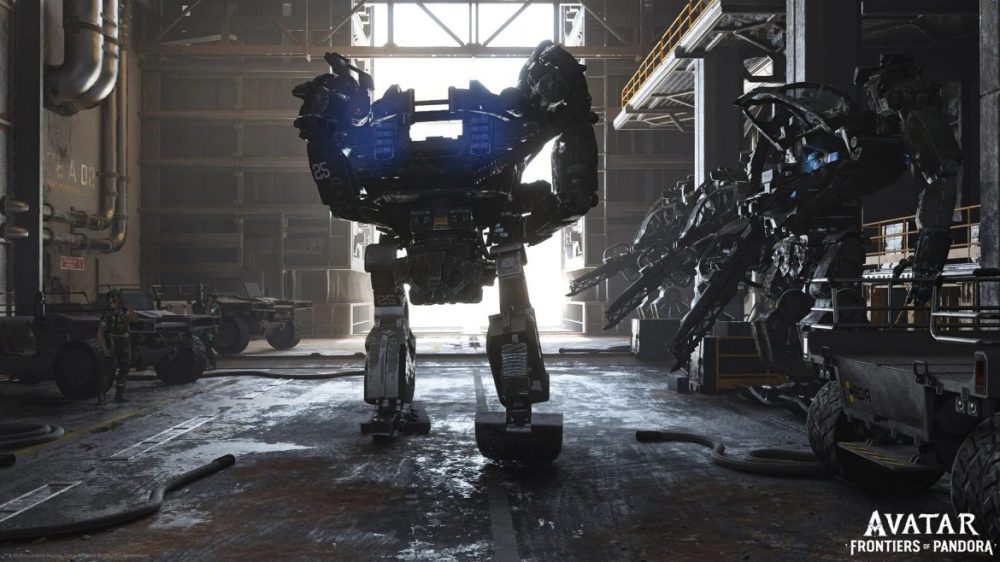
In conclusion, my feelings towards Avatar: Frontiers of Pandora are mixed. While the narrative, environment, and overall atmosphere are commendable, the game mechanics and certain aspects of the design feel somewhat underdeveloped. The online cooperative mode adds appeal, and the game is far from being a failure. However, it falls short of its full potential.
Ubisoft provided a review code for this assessment. The provision of review materials does not influence our editorial objectivity.
